December 17-23, 2023
Happy Howling Holidays
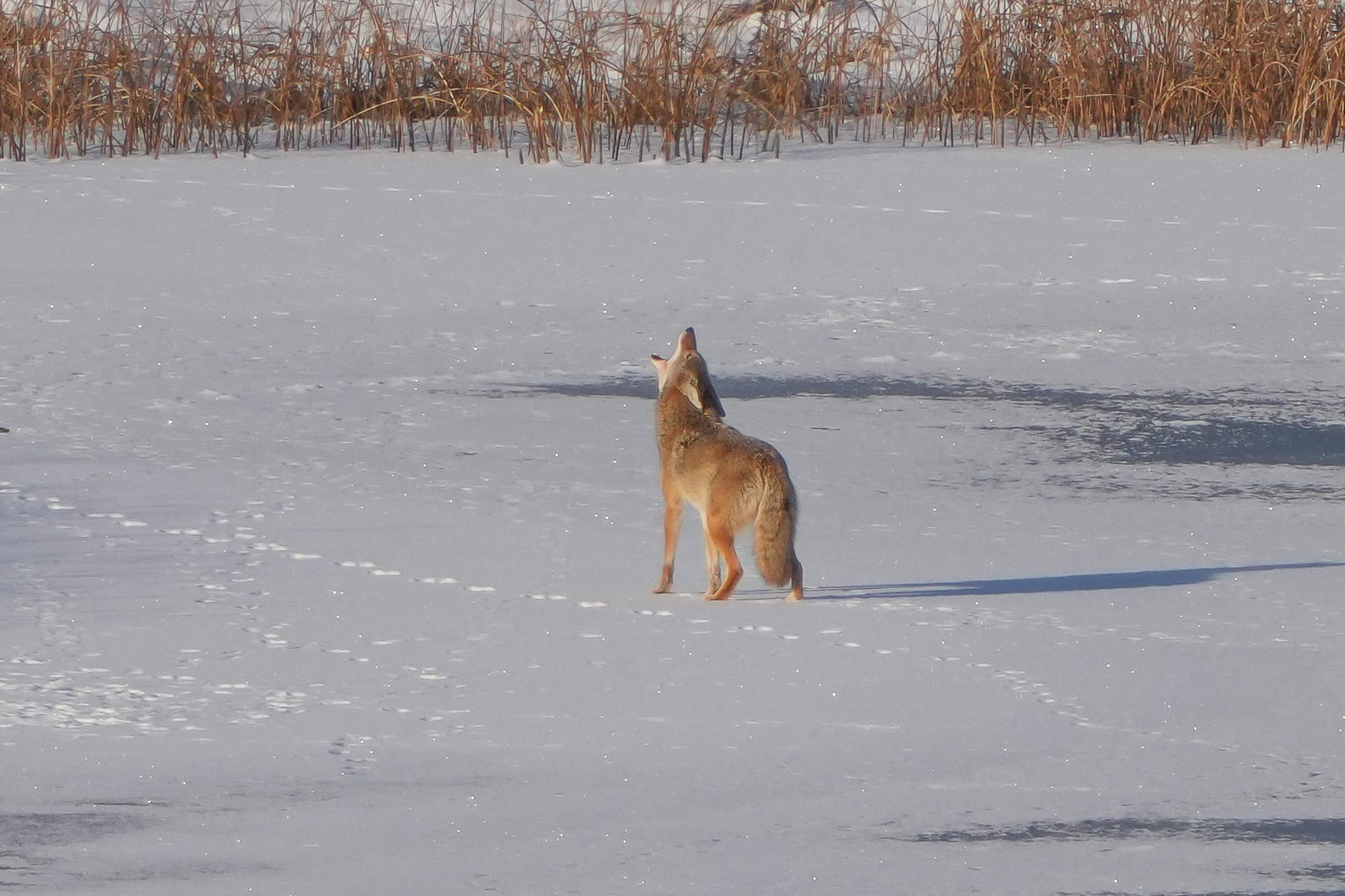
After yet another week of gray, gloomy skies we finally got one glorious day of sunshine to usher in our holiday weekend.
Week in Review
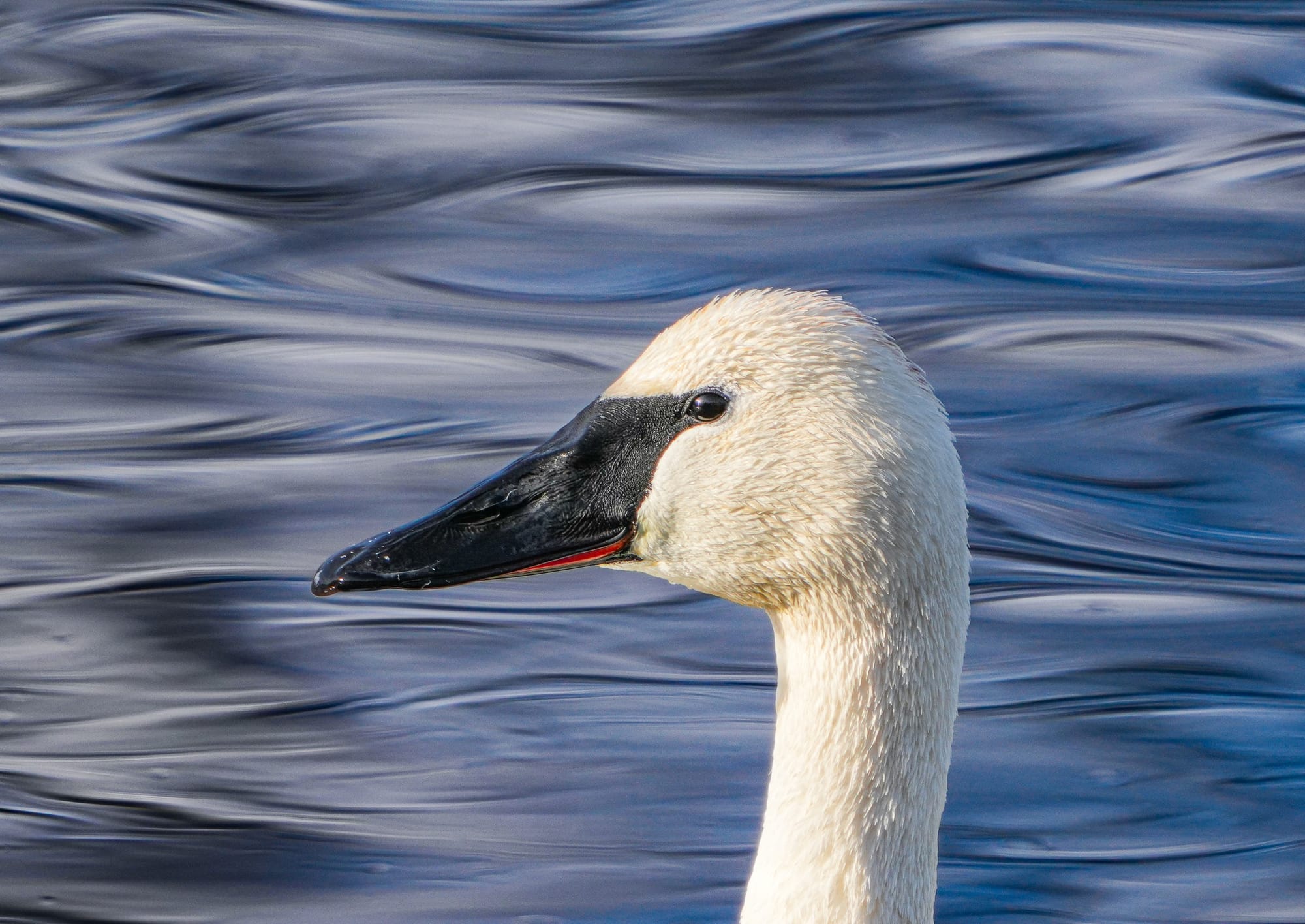
Not a lot happened this week—and everyone is busy this weekend with holiday festivities—so let's keep this newsletter short and sweet...and get back to celebrating.
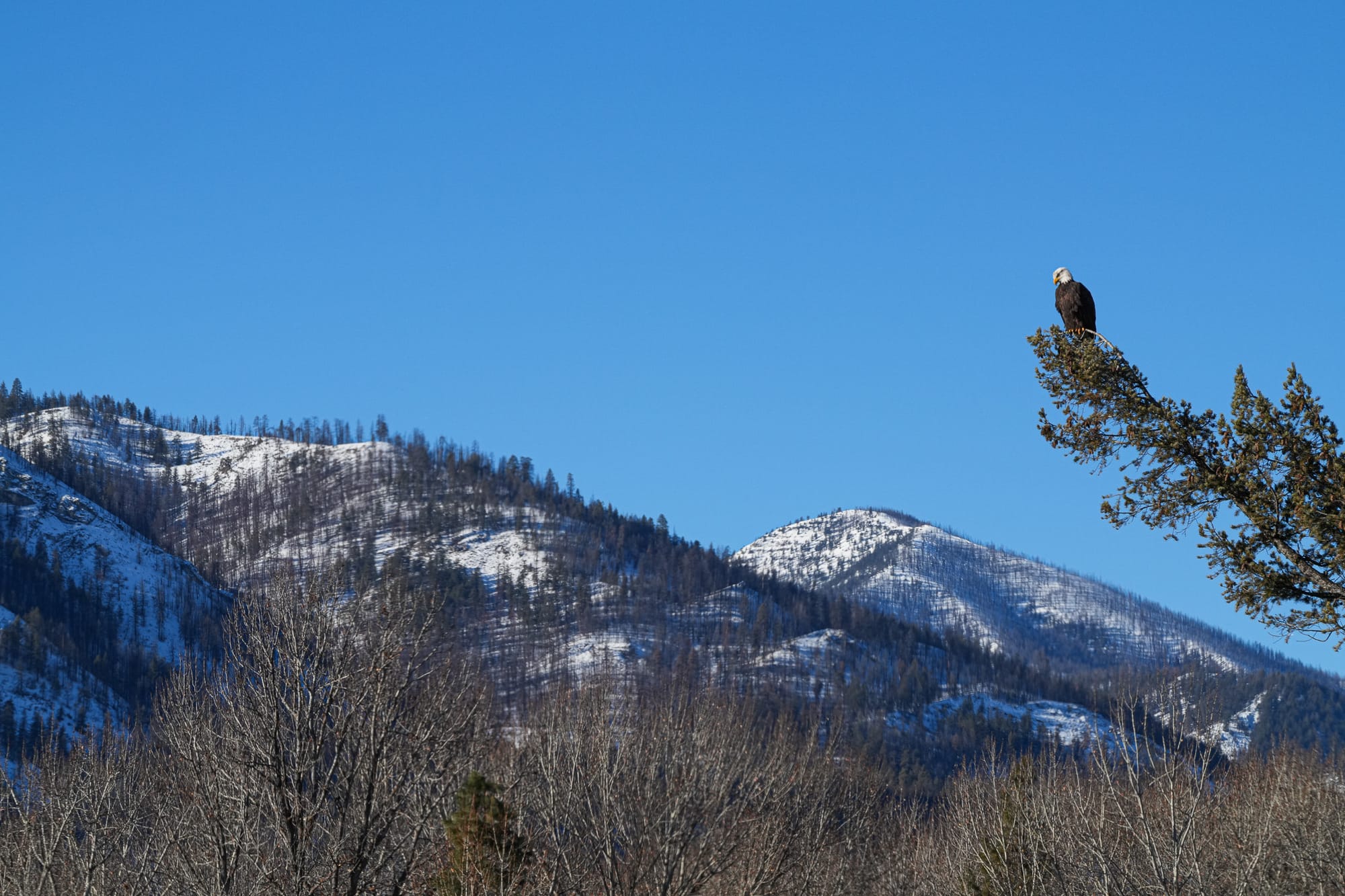
One advantage of a sunny day like today is that everyone seemed to be outside enjoying themselves. I saw a couple coyotes trotting around, bald eagles sunning themselves on perches, and otters playing on the ice.
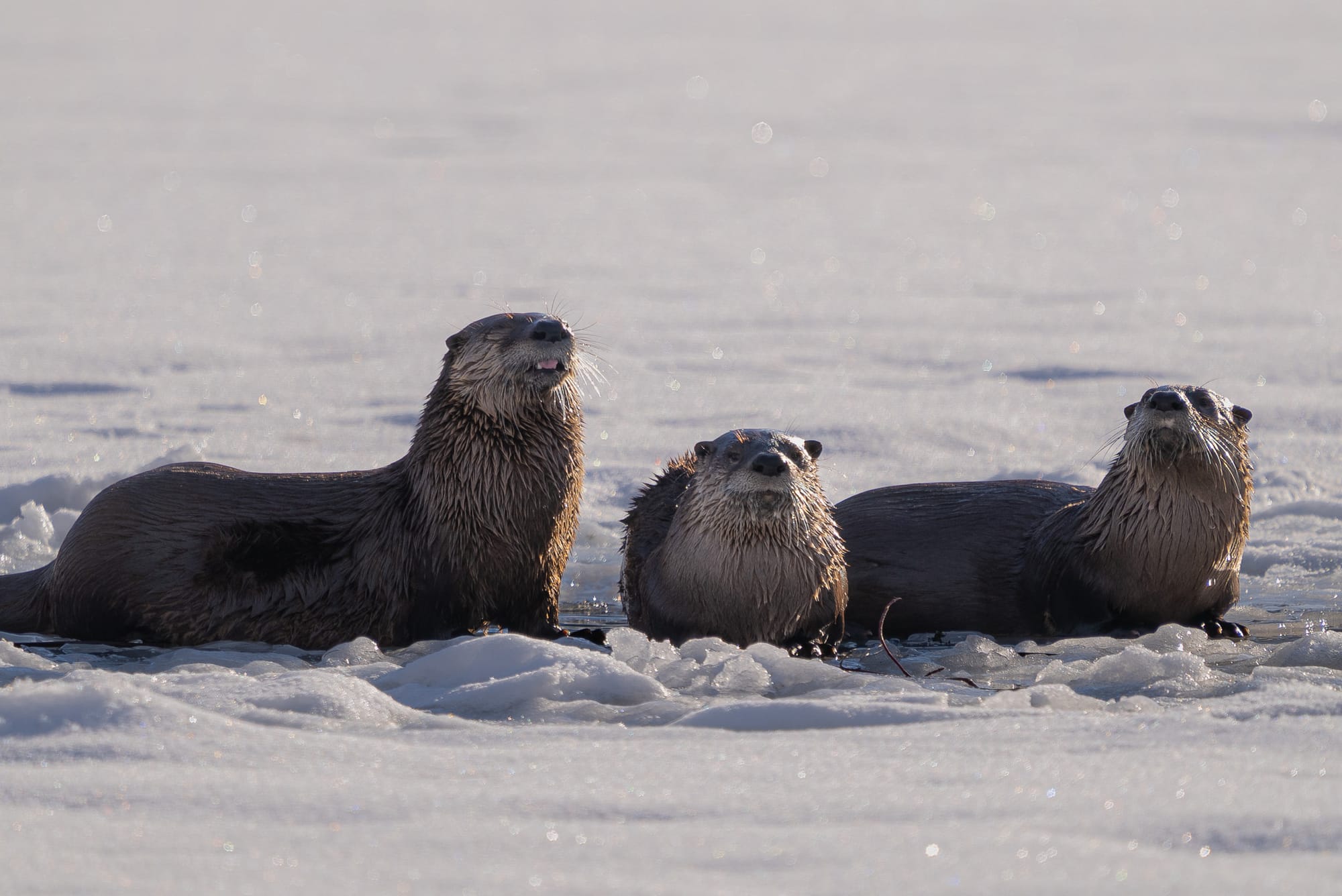
Many birds have been hanging out at our feeder, including several colorful flickers, and it reminds me of the fantastic flicker picture posted on the Facebook group this week. This photo really captures how much orange a flicker has on its feathers. These colors are normally hidden, so this isn't something you see very often.
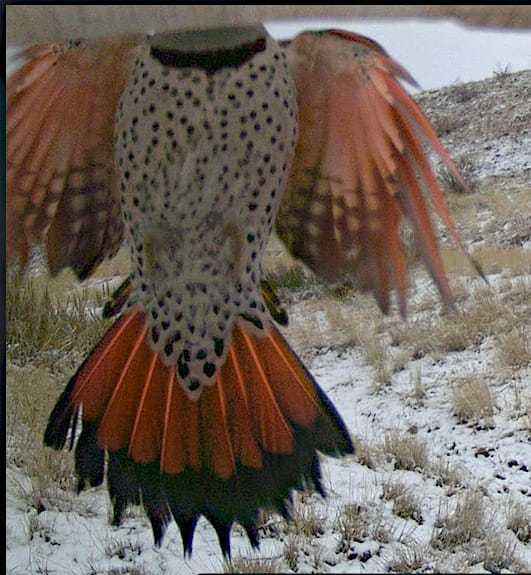
Observation of the Week: House Finch
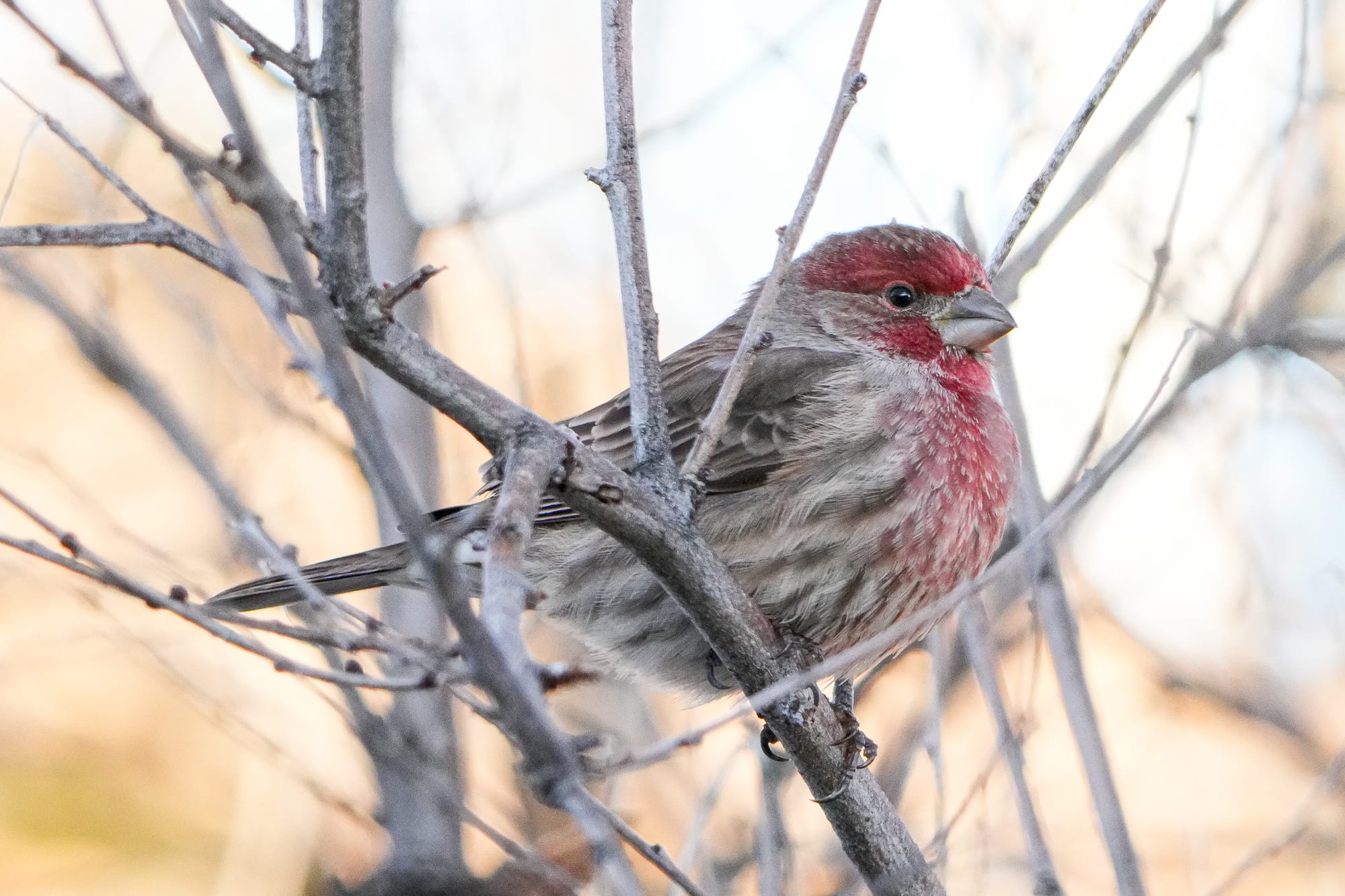
One of our most abundant winter birds is the common house finch. In fact, they can be so common that they we might take them for granted, which is a shame because house finches add a welcome splash of red to any drab winter day.
While male house finches are various shades of red, orange, or yellow, females are brown, heavily streaked, and easily overlooked.
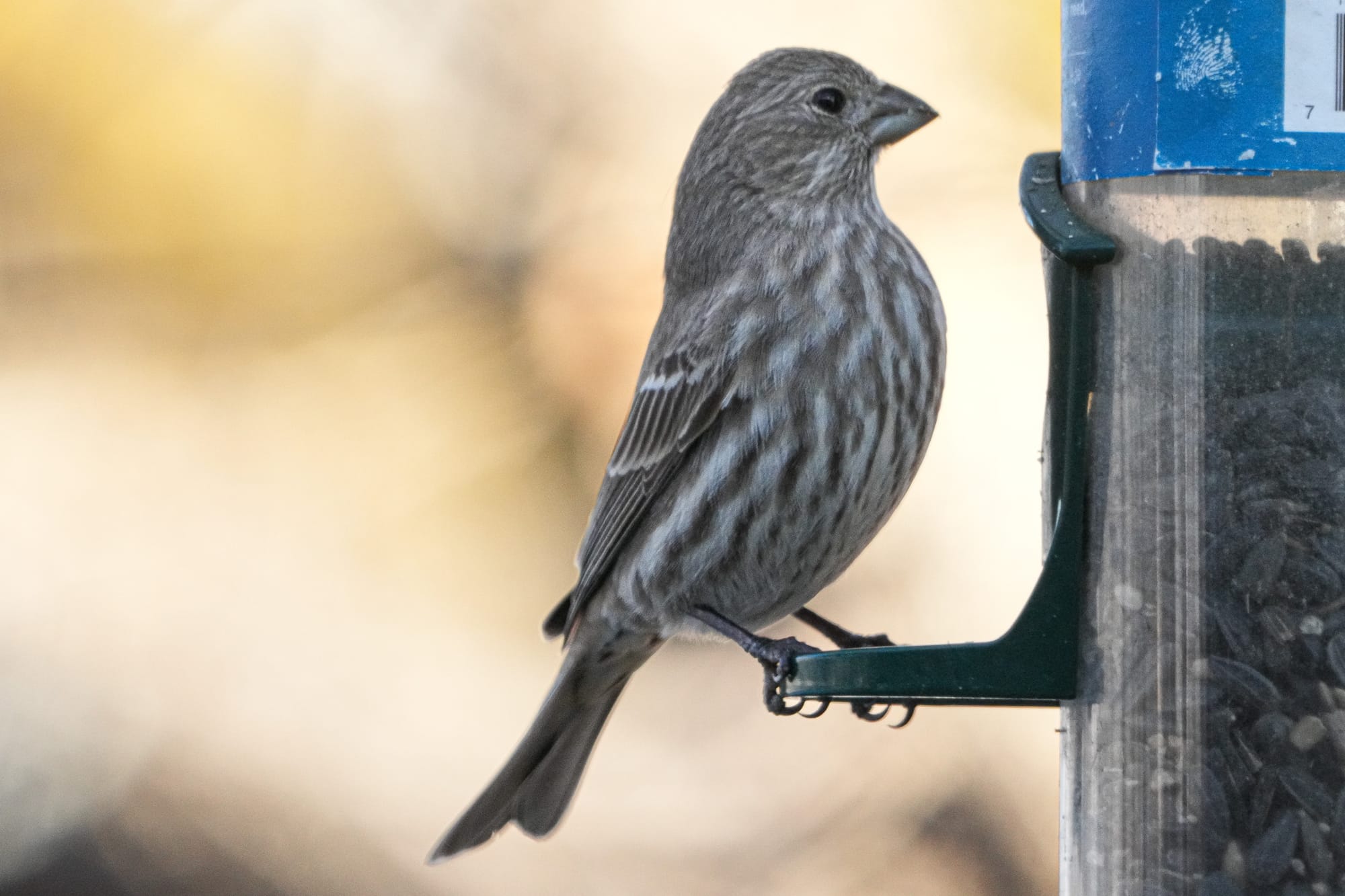
The males' colorful patches are surprisingly variable, and scientists have long wondered why these patches are so many different colors and sizes. It turns out that females pay attention to the hue, saturation, and size of these red patches because it's a strong indicator of a male's health.
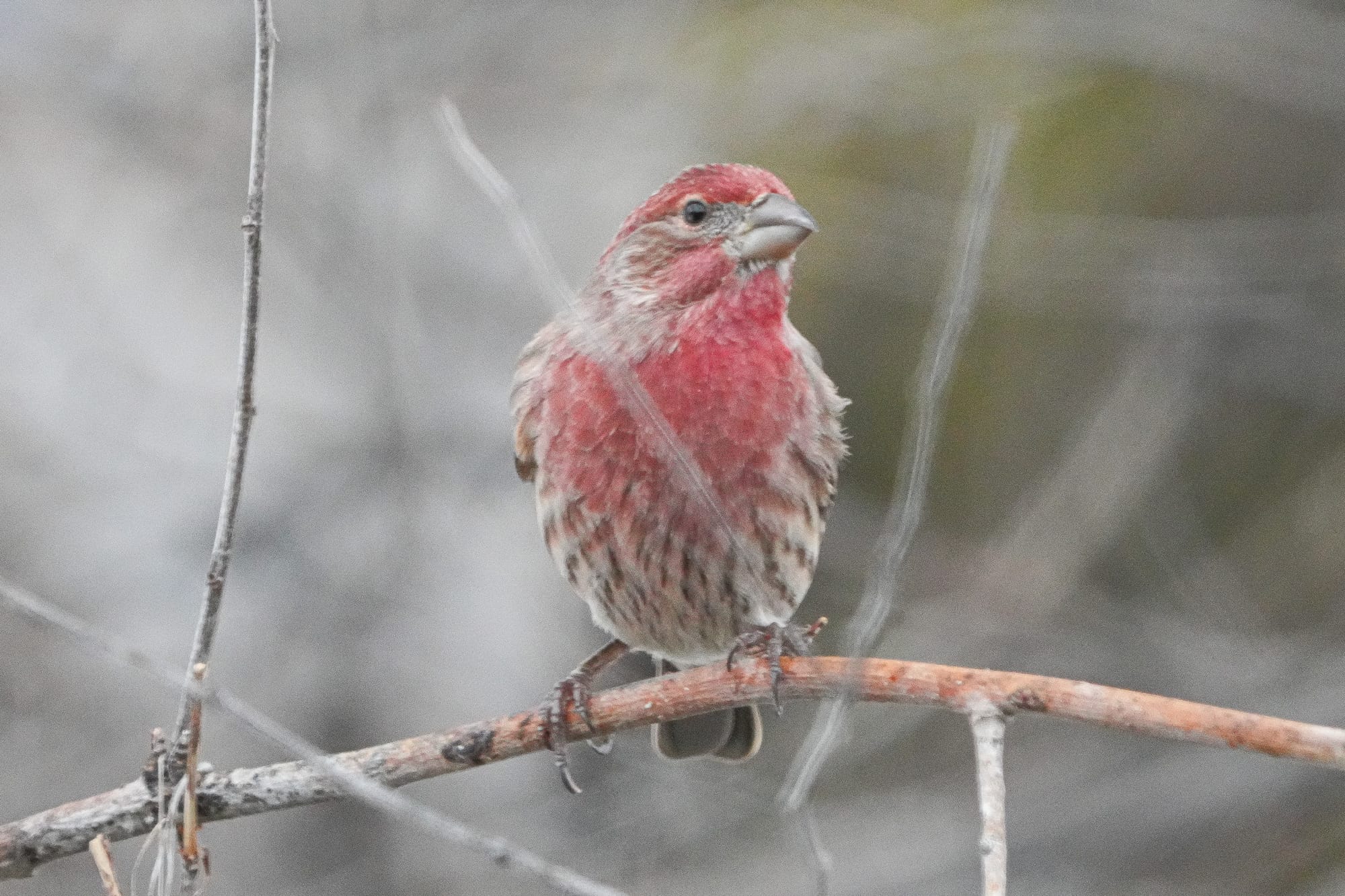
Males who are healthy, and eating a diet rich in carotenoids, will have brighter red patches, while males with poor nutrition or a carotenoid-deficient diet will have yellow or orange patches.
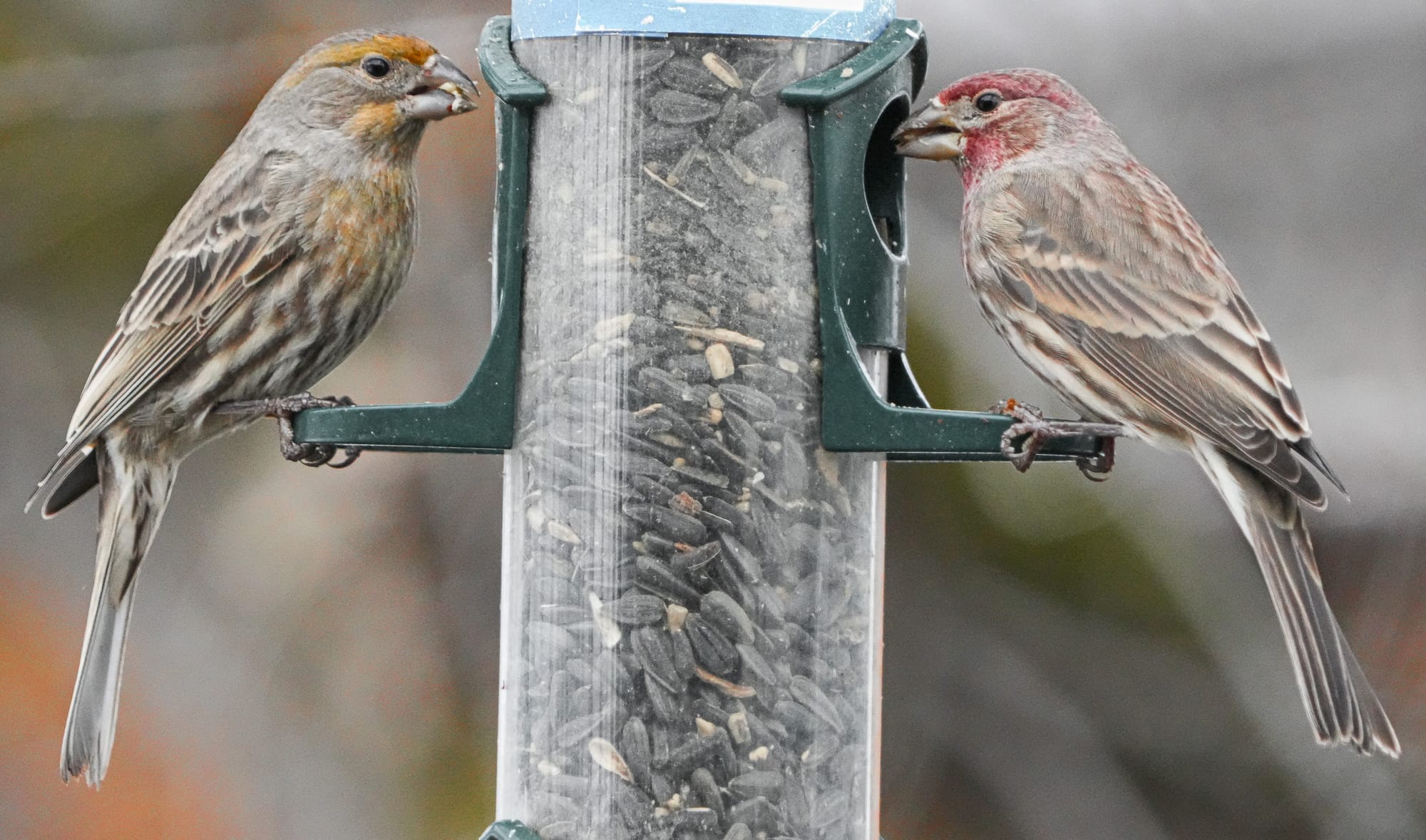
These colors matter because healthier males turn out to be much better fathers and take on a more active role in raising young. This allows females to produce additional broods of babies (up to 20 babies in a single summer if her male is helping raise the young), so picking a male who looks like a bright red Christmas ornament makes all the difference!
